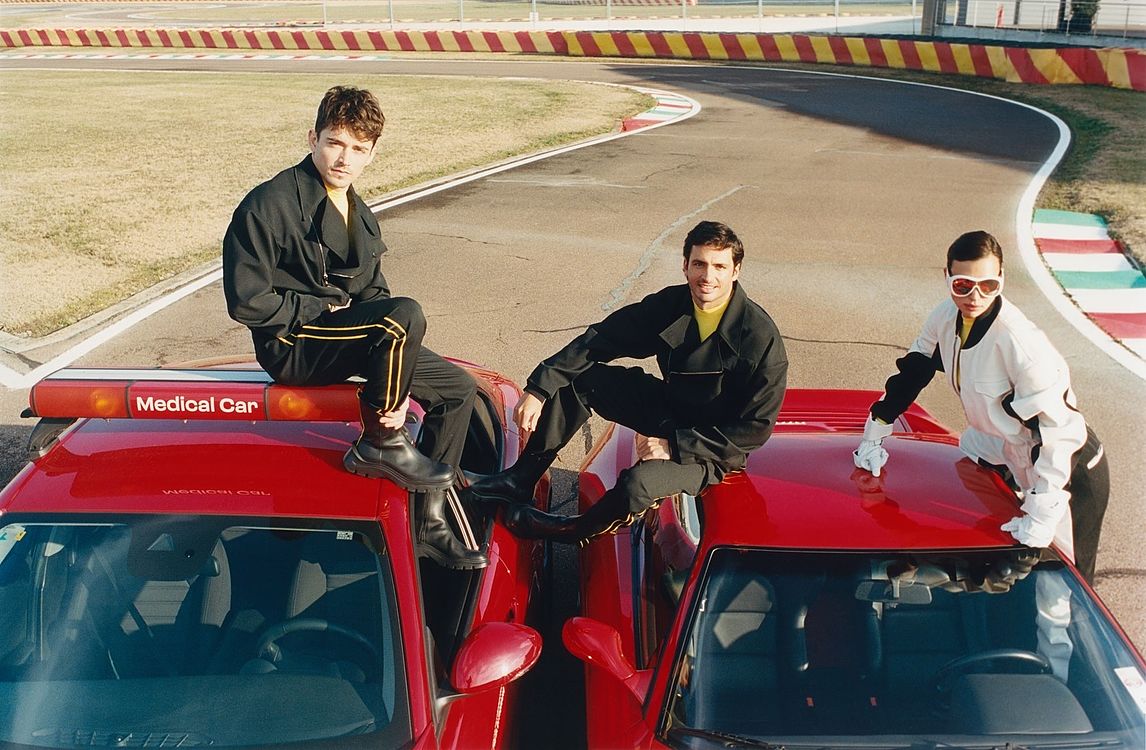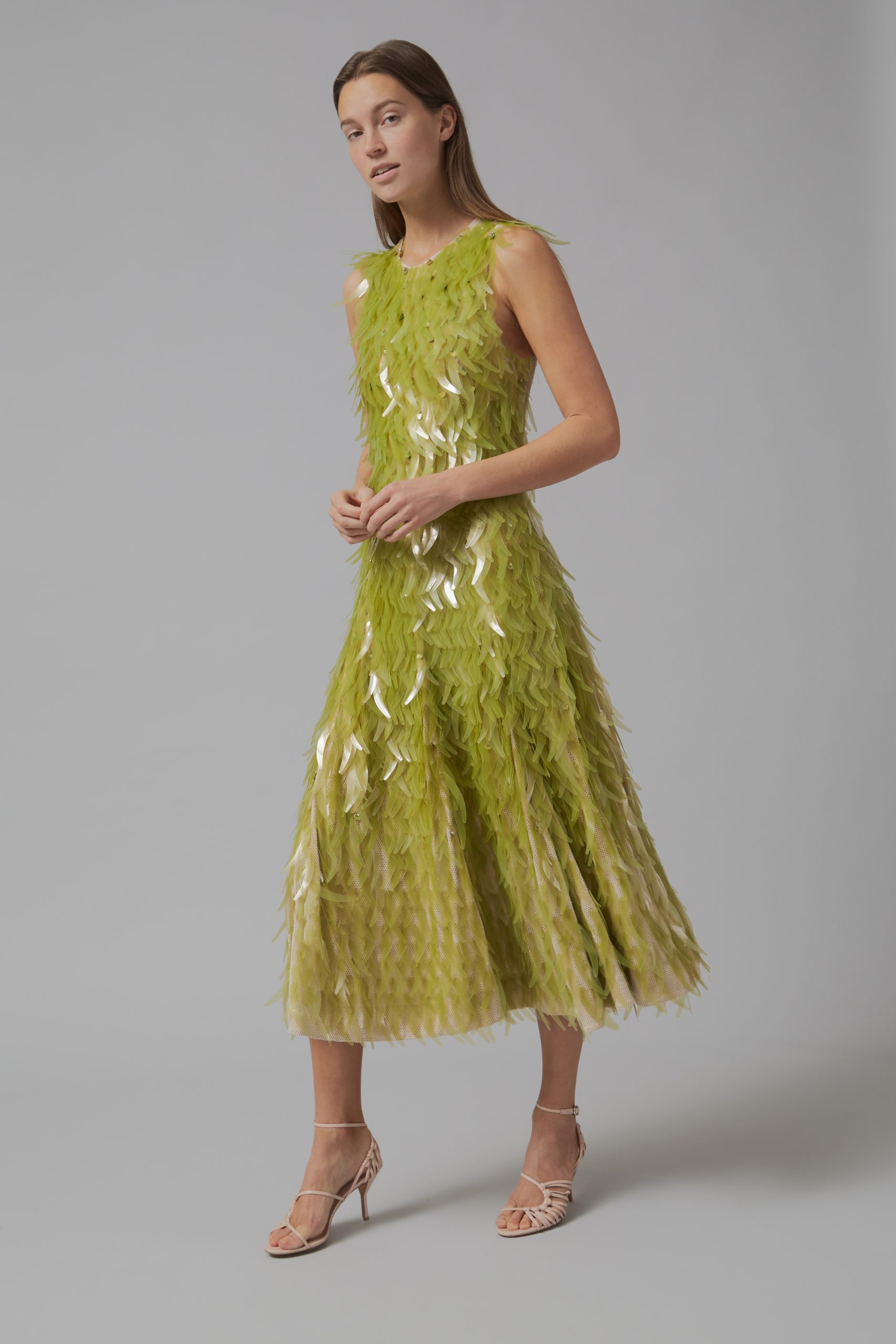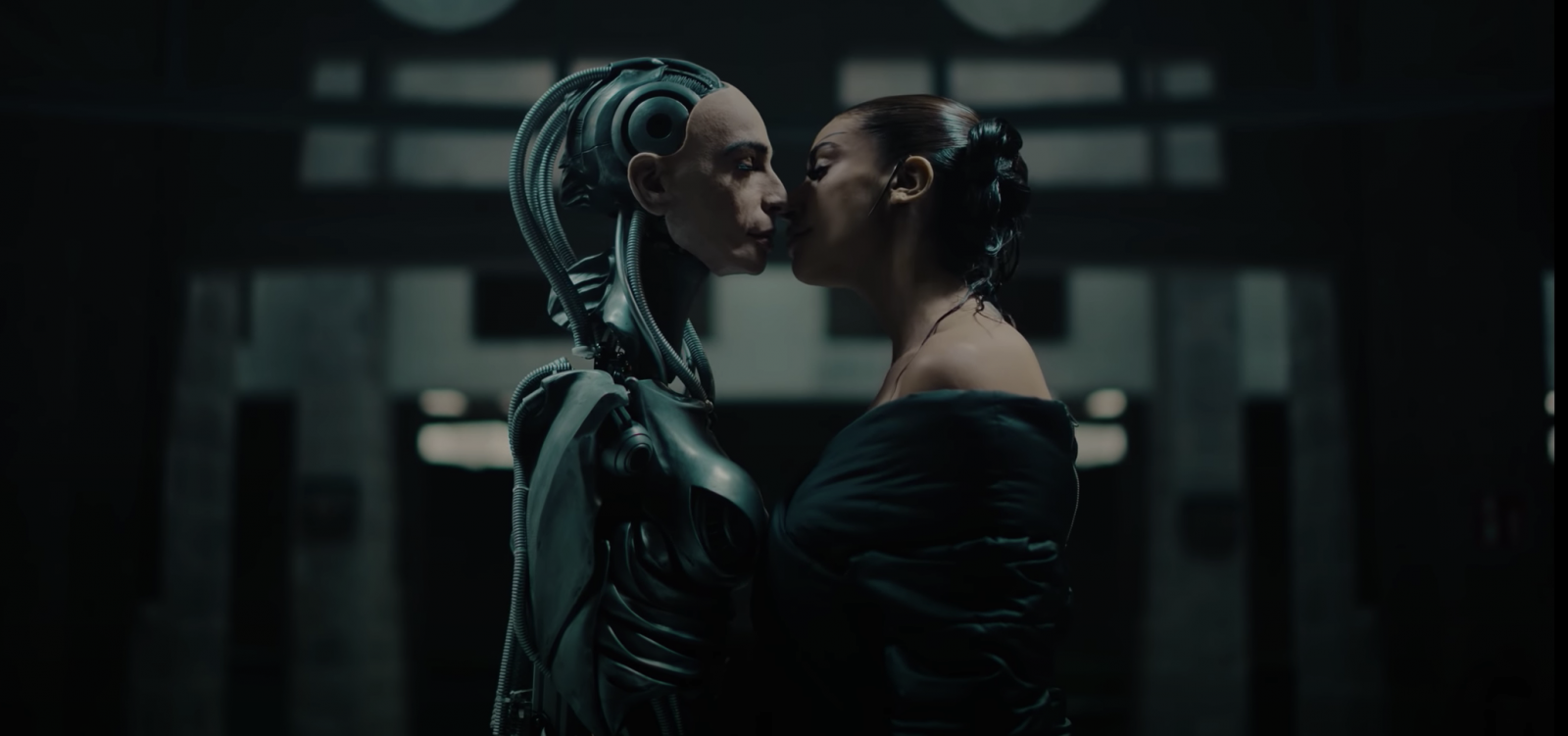People often say that it is a picture which tells a thousand words when marveling at the likes of Van Gogh and Picasso; there is thought to be infinite code and nuance ensnared in abstract shapes and brush strokes that cannot speak for themselves. This age old saying insists that it is the most silent of artforms that have the most to say. But if we park the academia and aristocracy that galvanisies the vintage 2D art world, what new forms of art are actually divulging the pertinent messaging about our modern day?
This winter, the Royal Academy of Art in London is running a 5 month exhibition in dedication (hyperlink to part 1) to the world of performance art, and one of its pioneering actors, Marina Abramović. The exhibition intends to highlight the often disregarded relevance of this controversy-ridden artform, and its importance in questioning negative human practice. Ditching papers and pencils, and working with the only medium that is constant in life, the body we are born into, Abramović and other artists inspired by her work have spent many years fighting with the stigma of their practice. The Royal Academy’s appraisal and showcasing of their work is a significant step in recognising Performance Art for the power it reserves, and its importance in telling us the most about ourselves.
A Modern History of Performative Art | The Unspoken in Action
Despite only obtaining its name in the 1970s, performance art is a practice that dates back to the 1910s. The 20th century, imbued in a sense of modernist reckoning, spurred creators to experiment with the ideas of live-ness and movement, and draw away from the staticness of traditional art. Beginning with live iterations of art work, artists associated with french nouveau realisme and abstract expressionism, began to experiment with showcasing the creative process. Moving into the 1950s, performances of non-narrative action and choreographed dance became more popularized. It was then crucially in the 70s that artistic preferences began to reject the notion of the gallery and exhibitions, the emphasis began to be more focused on idea than execution, and the body began to be experimented with as a vessel of art.
In the words of Jonah Westerman, a theorist about the world of performance, the term is incongruous and stands at odds with itself – “It is a singular heading under which a vast field of divergent artistic practices, each with distinct forms, aims and histories, have been ordered”. And, as such it remains somewhat indefinable – but at the same time flexible, all encompassing, and deeply personal.
A performance is a showing and a communicating, unrestricted in form, medium, length or choice of performer. To be performative, is to be outspoken, but that forthrightness doesn’t necessarily have to be through words, rather shapes, movement, sounds and signals can also be performative. The art of performance thus lies in whatever it is made out to be.
In the words of the Tate, the modern interest in performance is because it “has been understood as a way of engaging directly with social reality, the specifics of space and the politics of identity”. The strain of performance art in action, as cultivated by Maria Abromavic, seems to be a way of telling a story, emitting a message, or provoking questions in a way that is indirect. Unlike a scribed manifesto, an essay, or words on someone’s lips, performance art seems to be an expressionistic way to incite thought and reflection.
Performance Art Today | A New Way of Communicating
Although embroiled in a long history of skepticism, it seems that performance art today has really found its footing amongst an audience more open to new representations, and more analytical of their own engagement with art. A large amount of performance art seeks to provoke a sense of shock, disgust or uncomfortableness – but is this something we should be afraid of? Is it more telling of us as humans? Do we prefer art that placates us, to art that informs us?
Marina explicated that when she started in the early 70s, everyone said she was crazy ‘This is not art, it’s nothing.’” But perhaps in 2023, it is the only way we are able to communicate with the complexities of the world.
“Performance art is the only art that is real like life” says Natacha Voliakovsky, performance artist an director of the Argentine Performance Art platform. “I believe that performance is a language that translates difficult expressions into something that the general public can relate to”
Speaking with the young performance actor, who has curated a community and visibility for this art form, it is clear that performance art has a real rooting in the present day.
Natacha tells GLITCH about the importance of her artistic expression in its context – “the global contingency and its constant terrorism demands an art that can reflect some symptom of what we are experiencing as a global society. Performance art is acutely important in our modern environment because it is really difficult to create an impact amongst modern aged people who have become very desensitized towards hard truths. Performance art is thus a REAL reflection of what is happening in the REAL world.”
“Performance art requires research of human behavior and the performance often becomes an experiment that reveals a hypothesis towards the way that humans interact. Traditional art hanging on a wall may be destroyed, but performance art lives on in those who can create it. For performance art to exist, there must be life in the world”
As our interaction with art and expression constantly changes, and the concept of original creation becomes blurred with the domination of technology, perhaps performance art is coming into an era of its own. Against the backdrop of startling global phenomena and tensions that are inexpressible in words, perhaps it will fall to lyrical narrators to chart the shapes of the 21st century, and create the artistic archives for future generations to look back on.
Written by Hebe Street from GLITCH Magazine





